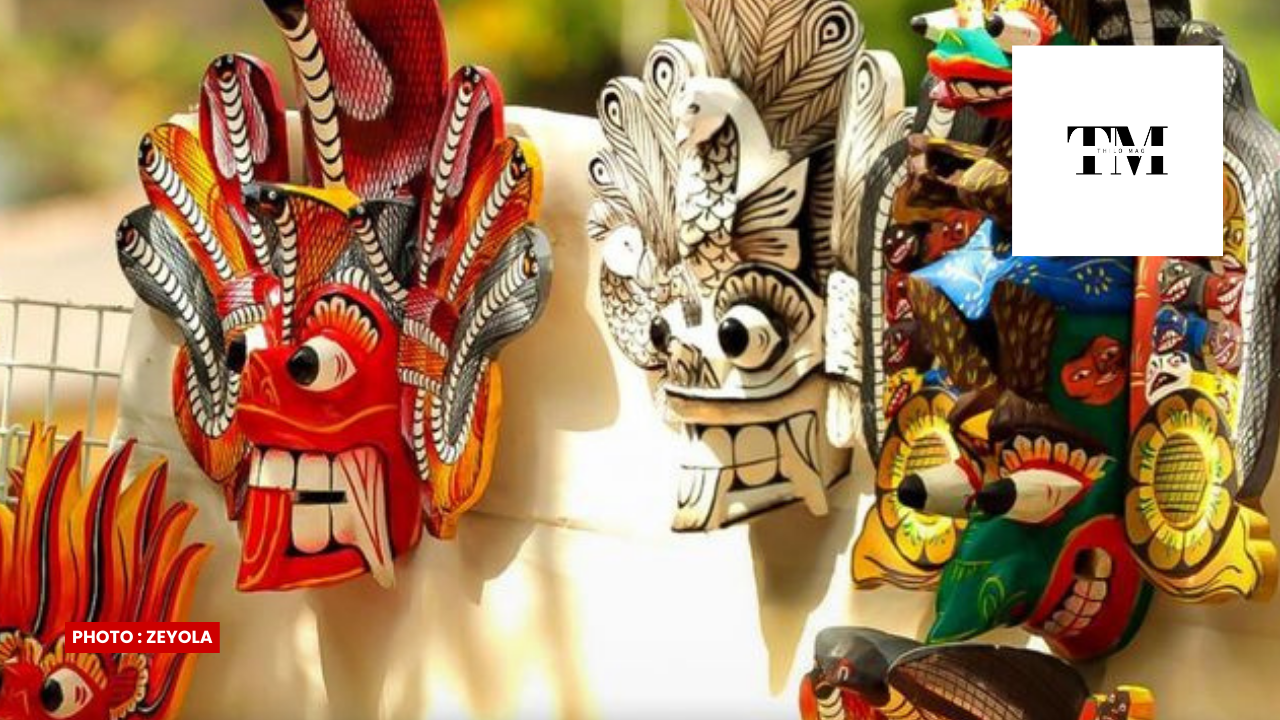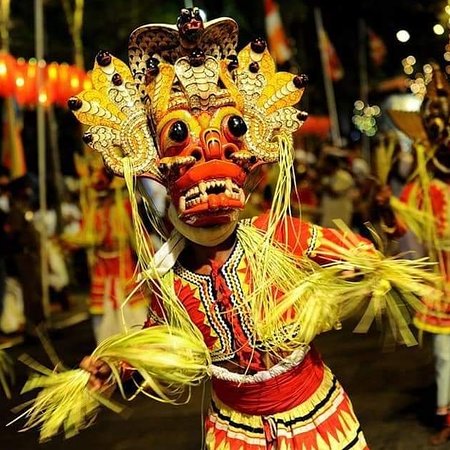Kolam Reimagined: When Traditional Masks Enter Modern Theatre
By Thilo Mag


Once performed under moonlight in village squares, Kolam—a vibrant form of traditional Sri Lankan mask dance-drama—is being reimagined by a new wave of theatre artists. These young performers and playwrights are fusing the storytelling techniques and visual language of Kolam with raw, contemporary themes like mental health, urban alienation, and generational conflict. What was once a communal satire with folkloric roots is now stepping boldly into theatres, cafes, and even social media feeds, telling stories that resonate with today’s audiences.
The traditional Kolam performance, rooted in ritual and community healing, was once a space for laughter and catharsis. Its masks—crafted in bold colors with exaggerated features—portrayed kings, demons, and tricksters. Today, these same masks are being repurposed to represent anxiety, grief, and social pressure. The familiar characters of Jasaya and Lenchina are no longer just mischievous villagers; in one reinterpretation, they are a couple dealing with infertility in a rapidly modernizing society. Raksha masks, once used to ward off evil spirits, now symbolize internal demons in plays exploring depression and trauma.
Young theatre groups like Urban Kolam Co. and The Masked Minds Collective (names can be customized based on your actual sources) are leading this movement. They don’t see themselves as merely preserving tradition—they’re transforming it. For these artists, Kolam is not static folklore but a living, breathing art form with the power to evolve. Their performances often incorporate spoken word, urban soundscapes, and multimedia elements to bridge the gap between ancient performance and modern life.

Many of these groups work closely with local artisans to craft their own masks, sometimes running workshops to involve communities in the process. Others experiment with hybrid designs, combining traditional shapes with modern textures, or animating masks using light and projection. Rehearsals often involve psychologists, activists, or urban designers to ensure the narratives stay rooted in real experiences. One production about the chaos of Colombo’s public transport was staged on an actual moving bus, turning daily commute into immersive performance.
But the journey isn’t without its challenges. Some purists push back against what they see as distortion of a sacred form. Others question if the deeper meanings of Kolam are getting lost in translation. Yet, these young artists are intentional in their approach. They engage in dialogue with elders, study the historical roots of the form, and strive to bring context to their adaptations. For them, this isn’t about shock or trend—it’s about connection.
In a world where traditions are often either museumized or forgotten, Kolam is finding a new path—alive, adaptable, and deeply expressive. Through these innovative productions, the masks speak again. Not just of folklore and demons, but of heartbreak, confusion, laughter, and hope. In the hands of this new generation, Kolam becomes more than performance. It becomes a bridge between who we were and who we are becoming.

